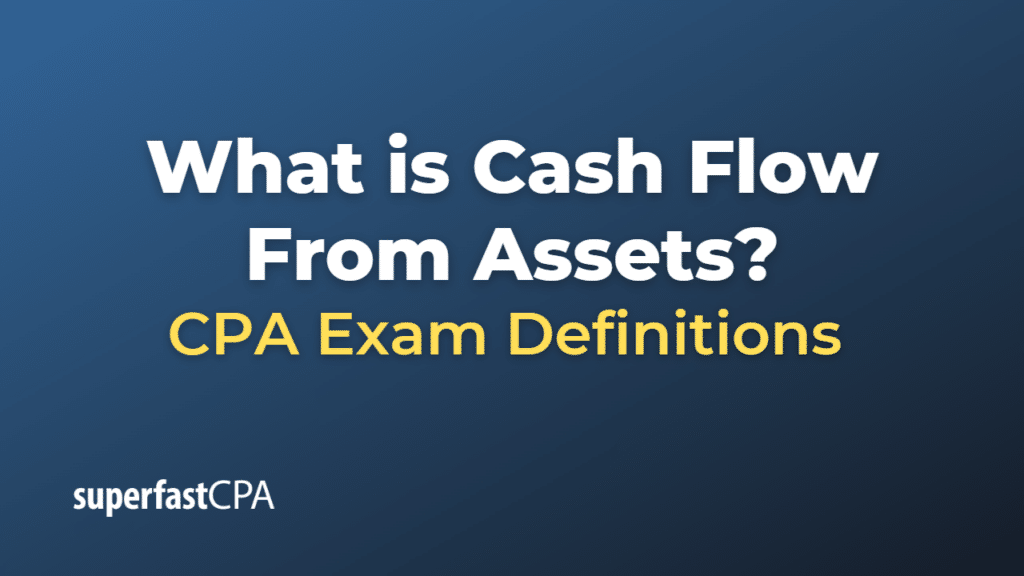Cash Flow From Assets
Cash flow from assets (CFFA), also known as free cash flow to the firm (FCFF), represents the cash generated by a company’s assets that is available to all its capital providers, including both equity and debt holders. It is an important measure to assess a company’s financial performance, as it indicates the amount of cash generated by the business’s core operations that can be used to pay its investors, reinvest in the company, or pay down debts.
To calculate cash flow from assets, you need to consider the following components:
- Operating Cash Flow (OCF): Cash generated from a company’s core business activities, excluding financing and investing activities. OCF can be found on the cash flow statement.
- Capital Expenditures (CapEx): Cash spent on purchasing or upgrading long-term assets, such as property, plant, and equipment. CapEx can also be found on the cash flow statement.
- Change in Net Working Capital (NWC): The difference in a company’s current assets and current liabilities between two periods. NWC measures the company’s short-term liquidity position.
The formula for cash flow from assets is:
Cash Flow from Assets (CFFA) = Operating Cash Flow (OCF) – Capital Expenditures (CapEx) – Change in Net Working Capital (NWC)
By calculating CFFA, stakeholders can determine how effectively a company is using its assets to generate cash and assess its ability to meet financial obligations, invest in growth opportunities, and return value to investors.
Example of Cash Flow From Assets
Let’s consider a hypothetical company, “TechPro Inc.,” and calculate its Cash Flow from Assets (CFFA) using the following financial data:
Operating Cash Flow (OCF): $200,000
Capital Expenditures (CapEx): $50,000
Net Working Capital in the previous year: $20,000
Net Working Capital in the current year: $30,000
First, calculate the change in Net Working Capital (NWC):
Change in NWC = Current Year NWC – Previous Year NWC
Change in NWC = $30,000 – $20,000
Change in NWC = $10,000
Now, use the CFFA formula:
Cash Flow from Assets (CFFA) = Operating Cash Flow (OCF) – Capital Expenditures (CapEx) – Change in Net Working Capital (NWC)
CFFA = $200,000 (OCF) – $50,000 (CapEx) – $10,000 (Change in NWC)
CFFA = $140,000
In this example, TechPro Inc. has generated a cash flow from assets of $140,000 during the period. This means that the company has $140,000 in cash available to be distributed among its investors (debt and equity holders), reinvested in the business, or used to pay down debts. This information can help stakeholders assess the company’s financial performance and its ability to generate cash from its operations and assets.













